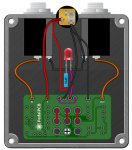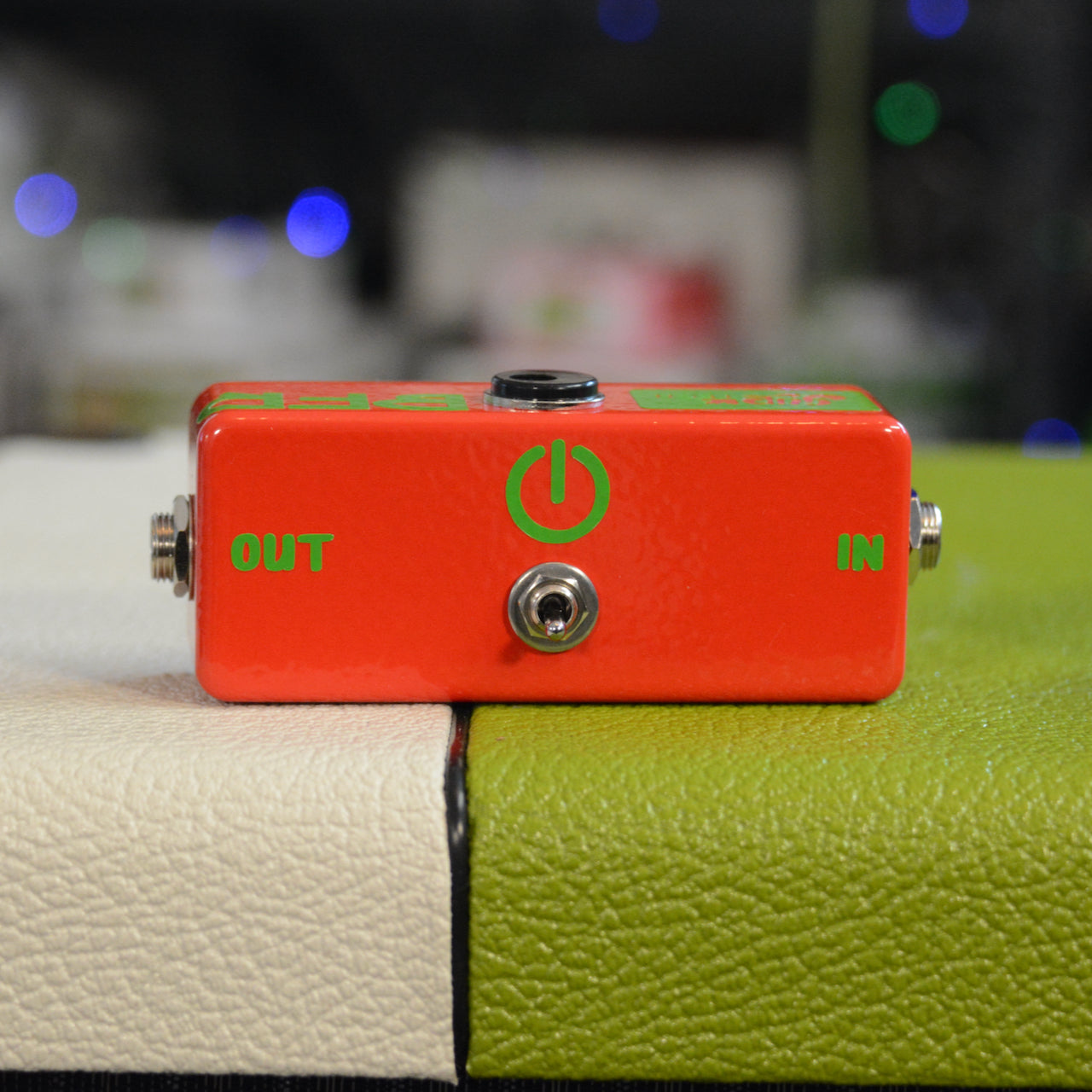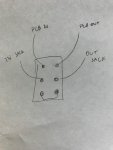Kroars
Well-known member
Hope everyone is doing well! I’ve got a few C-Buffer pcb’s and can’t decide which pedals I want to put them in, since the chain changes so much....
My question is can I simply use the C-Buffer by itself as a stand-alone buffer pedal? I’d like to put one in front of the pedal chain and one at the end.
Thank you kindly for your response.
Ryan
My question is can I simply use the C-Buffer by itself as a stand-alone buffer pedal? I’d like to put one in front of the pedal chain and one at the end.
Thank you kindly for your response.
Ryan




